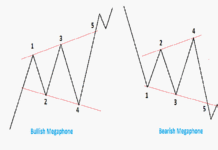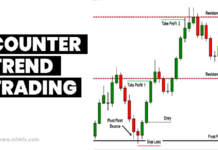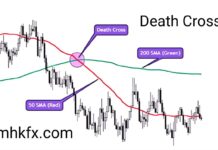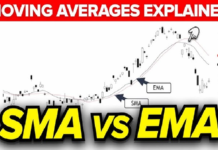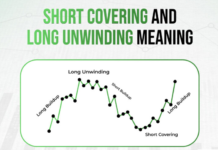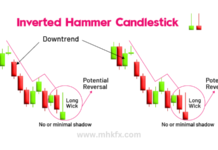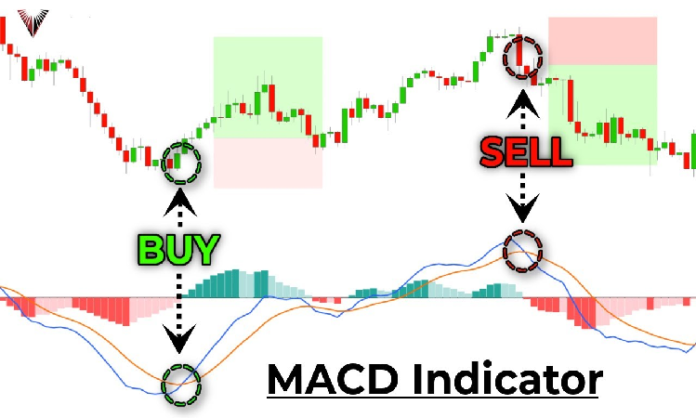
In the world of forex trading, where fortunes are made and lost in the blink of an eye, having the right tools and strategies at your disposal can make all the difference. One such tool that has earned its place in the arsenal of many successful forex traders is the Moving Average Convergence Divergence (MACD) indicator.
Widely regarded as a key tool for analyzing market trends, the MACD indicator provides traders with valuable insights into price momentum and potential trend reversals. In this article, we will delve into the intricacies of the MACD indicator, exploring its components, interpretation, and its role in helping traders make informed decisions in the forex market.
Understanding the MACD Indicator:
The MACD indicator is a versatile and popular technical analysis tool used by forex traders to identify potential trend changes and gauge the strength of an existing trend. Developed by Gerald Appel in the late 1970s, the MACD consists of two main components:
MACD Line: This is the faster-moving line and represents the difference between two Exponential Moving Averages (EMAs) of the price – typically a 12-period EMA and a 26-period EMA. The MACD line is considered a measure of short-term momentum.
Signal Line: Also known as the “trigger” or “average” line, this is a 9-period EMA of the MACD line. It smoothens out the MACD line, making it easier to identify potential buy or sell signals.
Interpreting MACD Indicator Signals:
The primary use of the MACD indicator is to generate trading signals based on crossovers between the MACD line and the Signal line. Here’s how traders typically interpret these signals:
MACD Line Crosses Above Signal Line: This is a bullish signal and suggests that the potential for an uptrend is increasing. Traders often consider this a signal to buy or go long.
MACD Line Crosses Below Signal Line: Conversely, when the MACD line crosses below the Signal line, it is seen as a bearish signal. Traders may interpret this as a signal to sell or go short.
Divergence: Another valuable insight the MACD provides is divergence. This occurs when the MACD indicator moves in the opposite direction of the price chart. Bullish divergence can signal a potential reversal from a downtrend to an uptrend, while bearish divergence can suggest a possible trend reversal from an uptrend to a downtrend.
Utilizing MACD Indicator for Trend Analysis:
Apart from generating trading signals, the MACD can also assist traders in assessing the strength of a trend. When the MACD line moves far away from the Signal line, it indicates strong momentum in the trend. Conversely, when the MACD line converges closely with the Signal line, it may signal a weakening trend or potential reversal.
Conclusion:
The MACD indicator is a valuable tool for forex traders seeking to analyze market trends and make informed trading decisions. Its ability to generate signals based on crossovers and identify trend strength through divergence makes it an essential component of technical analysis.
However, like any tool, it is important for traders to use the MACD in conjunction with other indicators and analysis techniques to confirm signals and reduce the risk associated with forex trading. With the right knowledge and experience, the MACD can become an indispensable asset in a trader’s toolkit, helping them navigate the dynamic world of forex markets more effectively.
Click to sign up with MonetaMarkets
Related Articles:
Mastering Market Momentum : How the Awesome Oscillator Enhances Trading Strategies
RSI Divergence Points to Potential Trend Reversal in Trading Market
Stock Market Volatility Sparks Interest in Moving Average

